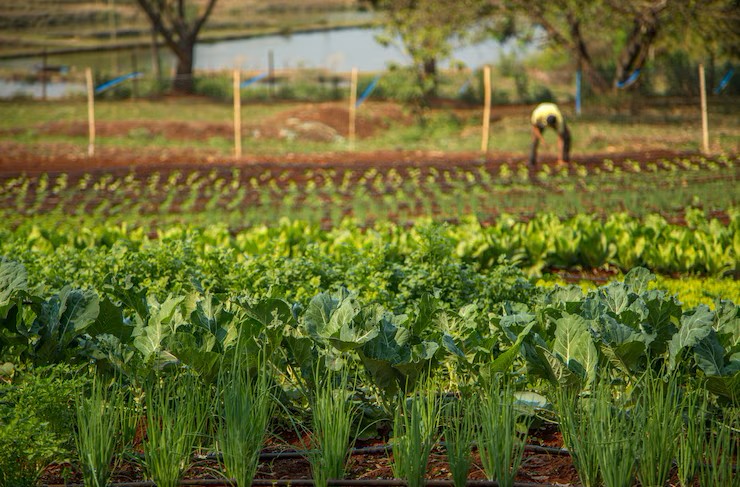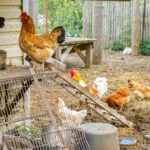Companion planting is a time-tested gardening technique that pairs certain plants together to enhance growth, deter pests, and improve yields. Whether you’re growing a small backyard garden or managing a larger vegetable plot, choosing the right companion plants can lead to healthier crops and a more productive garden. Understanding which vegetables and herbs work well together is key to creating a thriving, balanced ecosystem in your garden.
One of the most well-known combinations is tomatoes and basil. Not only do these two make a delicious pairing in the kitchen, but they also benefit each other in the garden. Basil is believed to enhance the flavour of tomatoes while helping to repel pests like aphids, whiteflies, and hornworms. Marigolds are another must-have companion. Planted around the edges of a vegetable garden, marigolds deter nematodes and other soil-dwelling pests, and their bright flowers attract beneficial insects like ladybugs and parasitic wasps.
Carrots and onions are also a great duo. Onions release strong scents that help mask the presence of carrots from carrot flies, while carrots help aerate the soil for the onions. Similarly, planting beans alongside corn takes advantage of the natural support tall corn stalks provide for climbing bean vines. At the same time, beans fix nitrogen in the soil, which benefits heavy feeders like corn.
Cabbage, broccoli, and other brassicas benefit from being planted near aromatic herbs such as dill, thyme, and rosemary. These herbs help deter cabbage moths, loopers, and aphids. Nasturtiums are also effective in brassica beds, acting as a trap crop that draws pests away from your vegetables.
Leafy greens like lettuce and spinach thrive in the shade provided by taller companions such as tomatoes or peppers. This natural shading keeps the greens from bolting too early during hot weather. Beets pair well with bush beans, onions, and lettuces, while avoiding pole beans, which can stunt their growth.
Companion planting can also involve using certain plants to improve soil structure and health. For example, planting legumes such as peas and beans can enrich the soil with nitrogen, a critical nutrient for many other vegetables. Sunflowers can be used as natural trellises for climbing plants like cucumbers and beans, reducing the need for artificial structures.
While companion planting is not an exact science, many gardeners report noticeable improvements in plant health, reduced pest problems, and increased harvests. Avoid known problematic pairings such as tomatoes and potatoes, which can share diseases, or onions and beans, which may compete for nutrients.
By understanding plant relationships and strategically arranging your crops, you can maximise space, promote biodiversity, and enjoy a more productive vegetable garden. With just a little planning, companion planting offers a natural and effective way to grow stronger, healthier vegetables—without relying heavily on chemicals or synthetic fertilisers.
Join 'Farmers Mag' WhatsApp Channel
Get the latest Farming news and tips delivered straight to your WhatsApp
CLICK HERE TO JOIN






